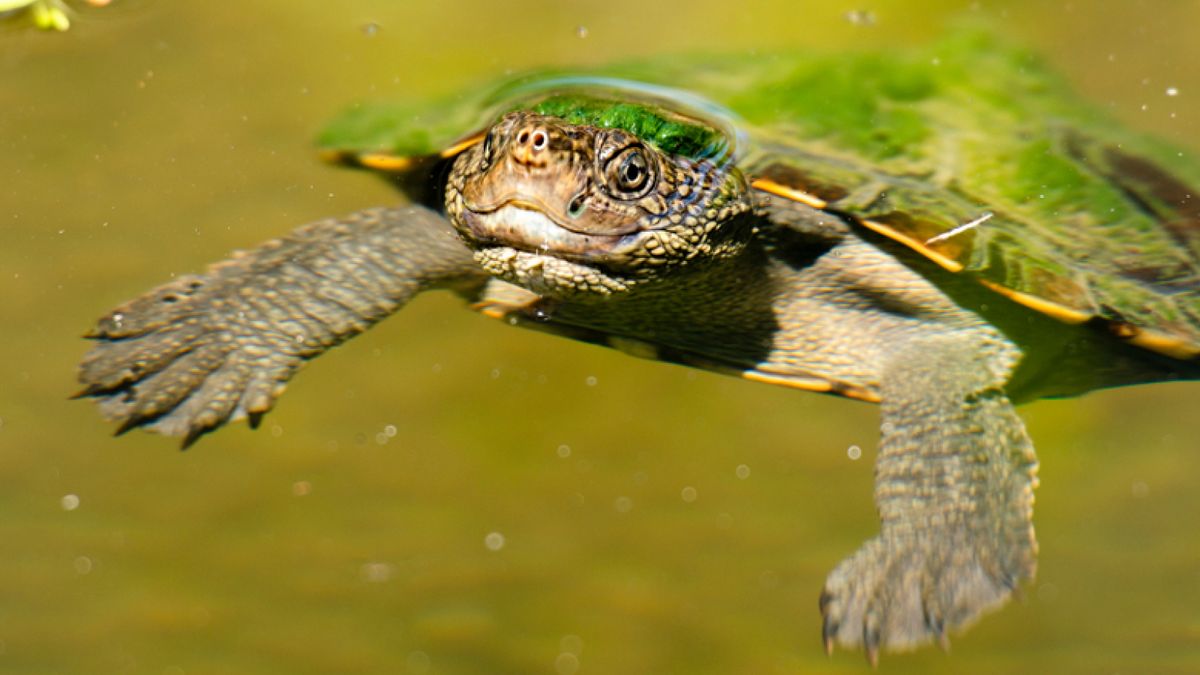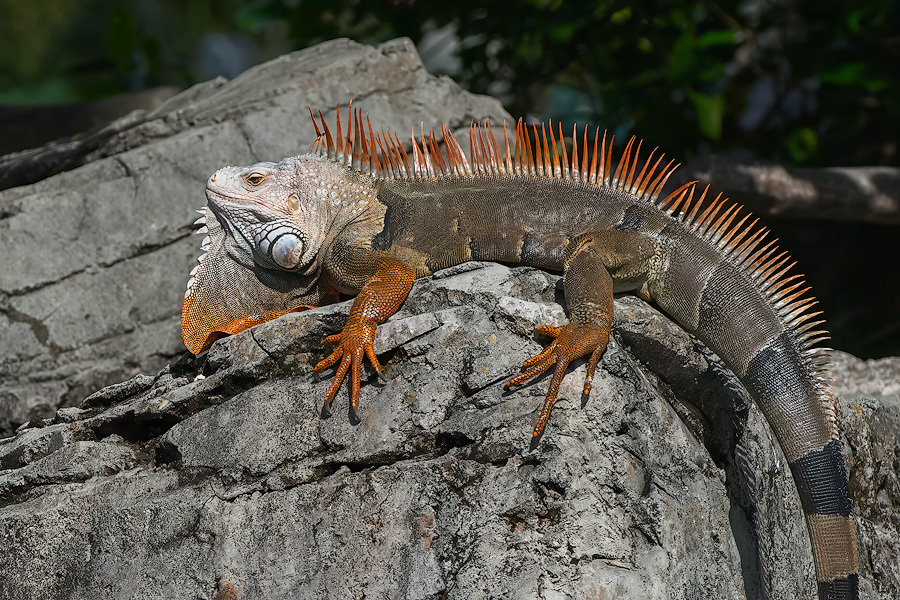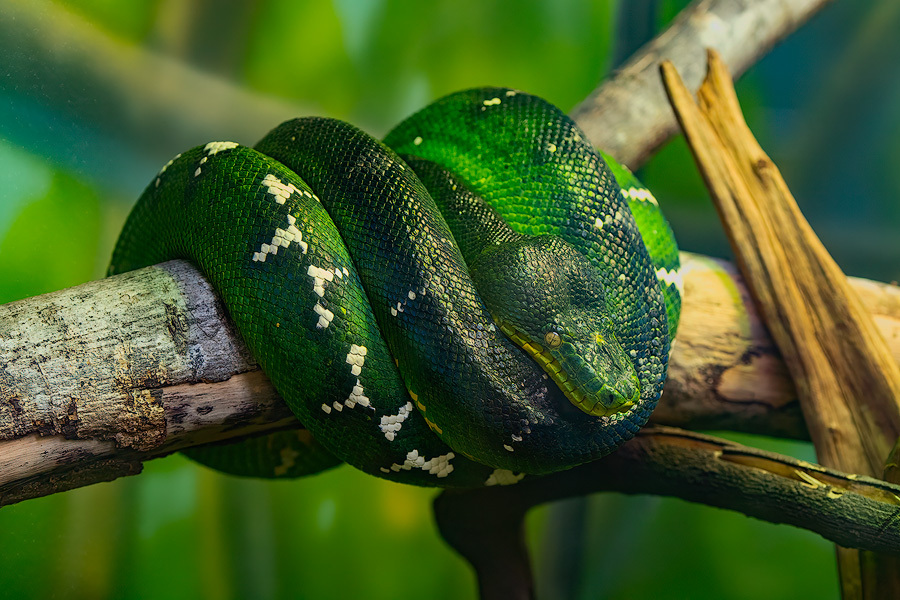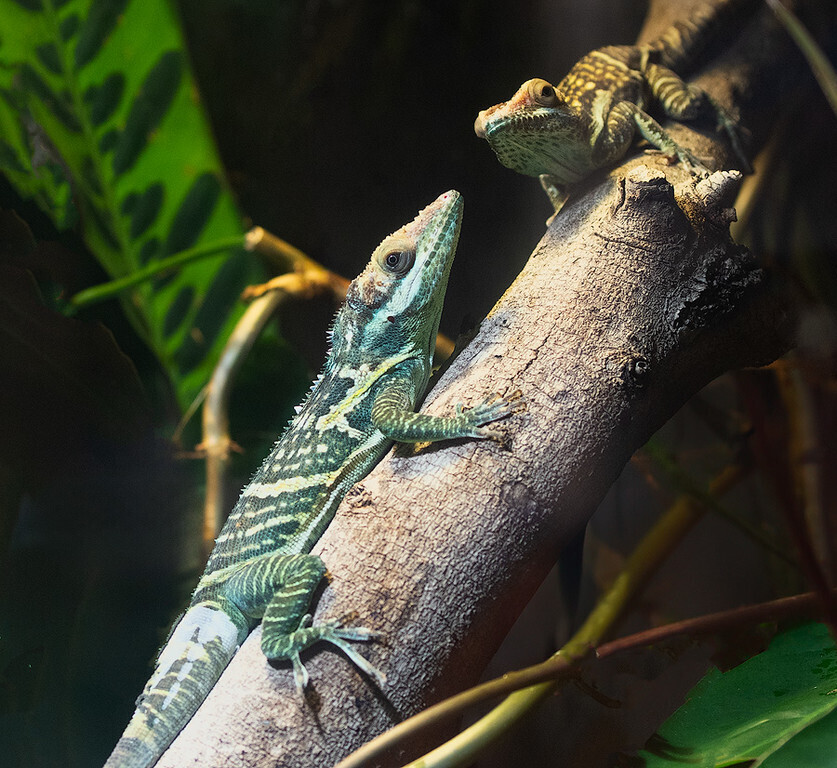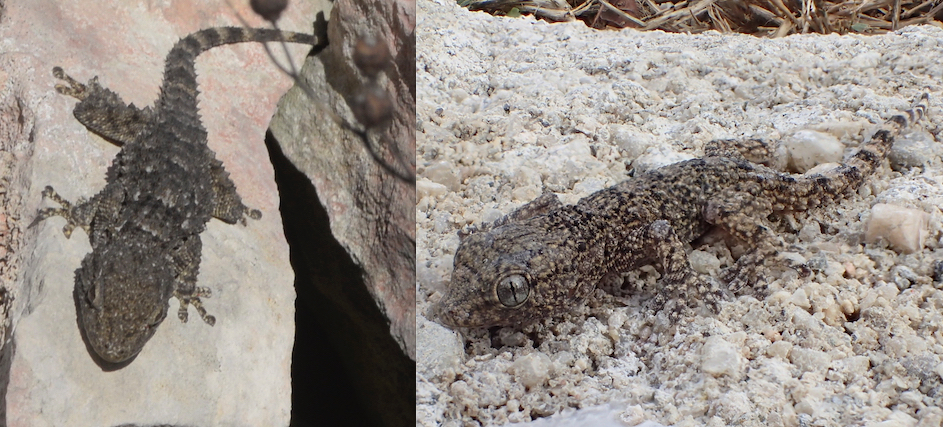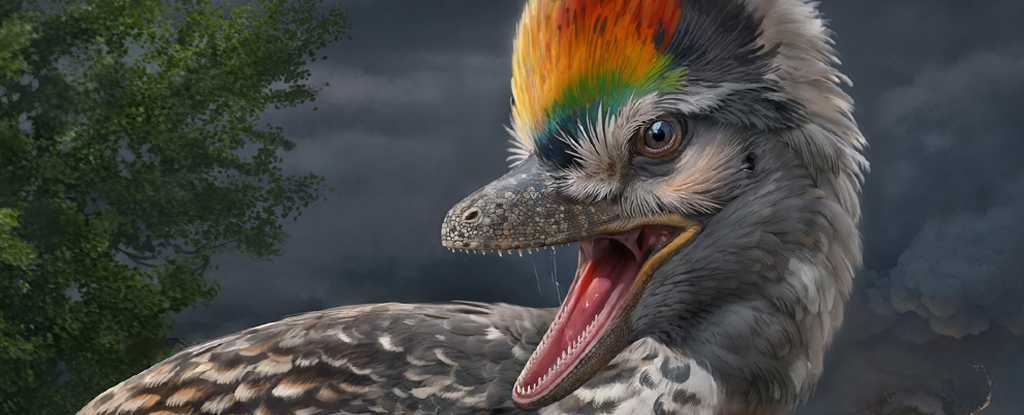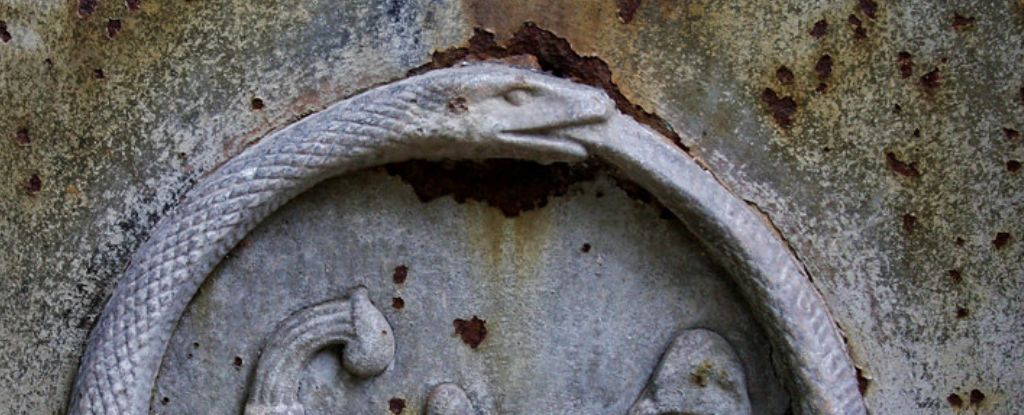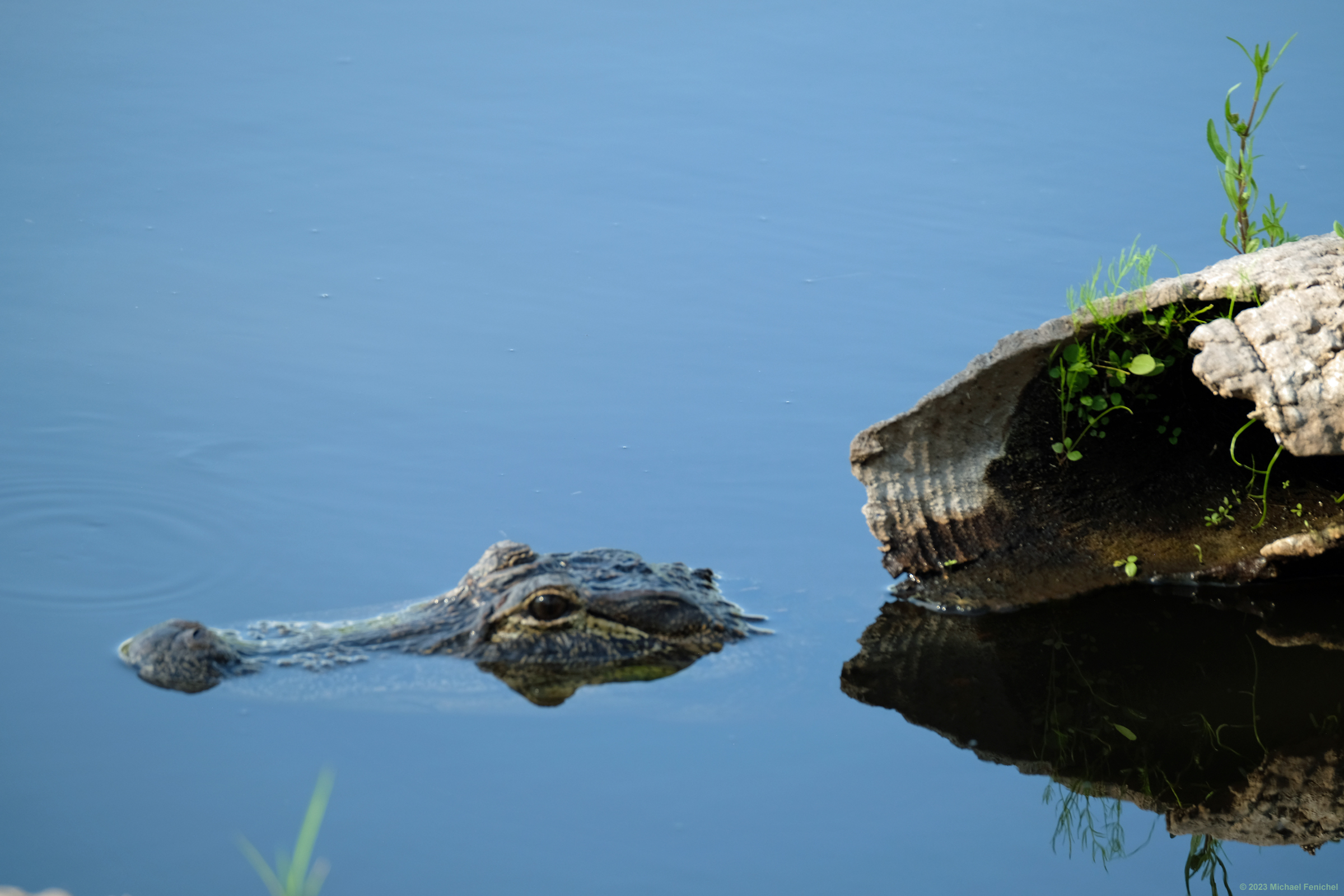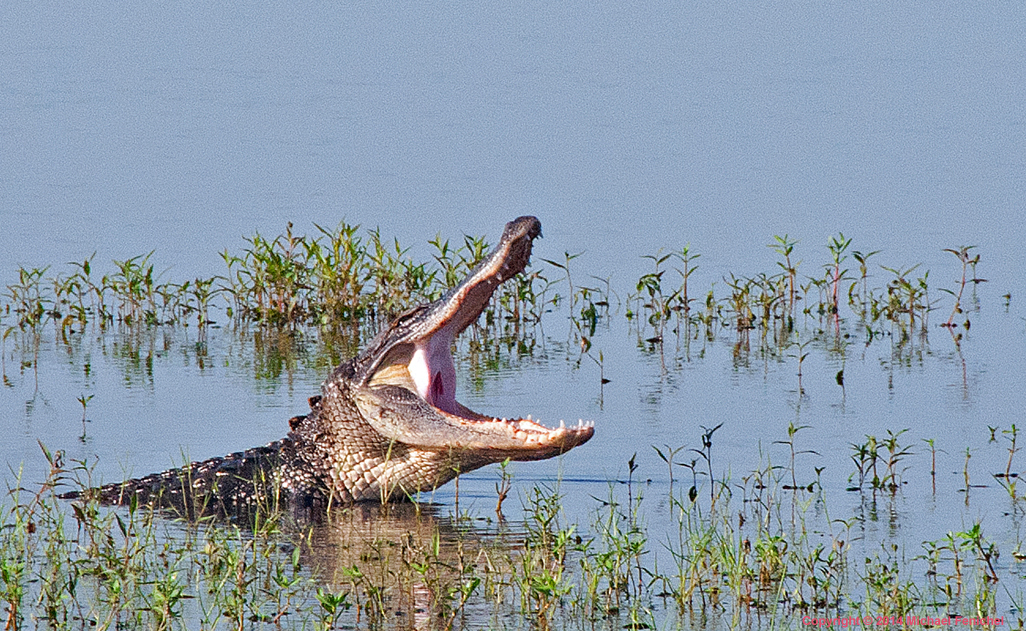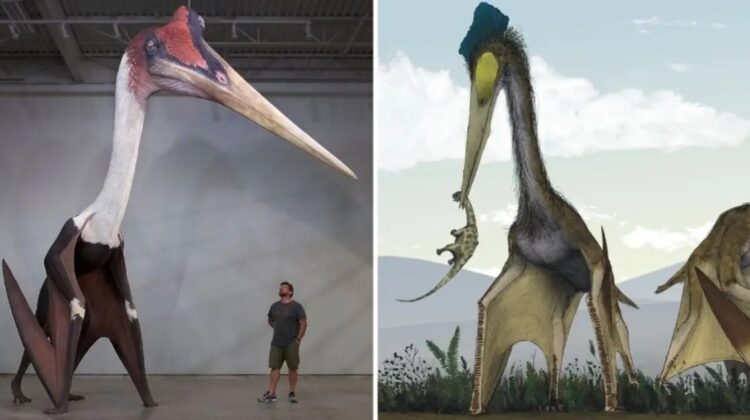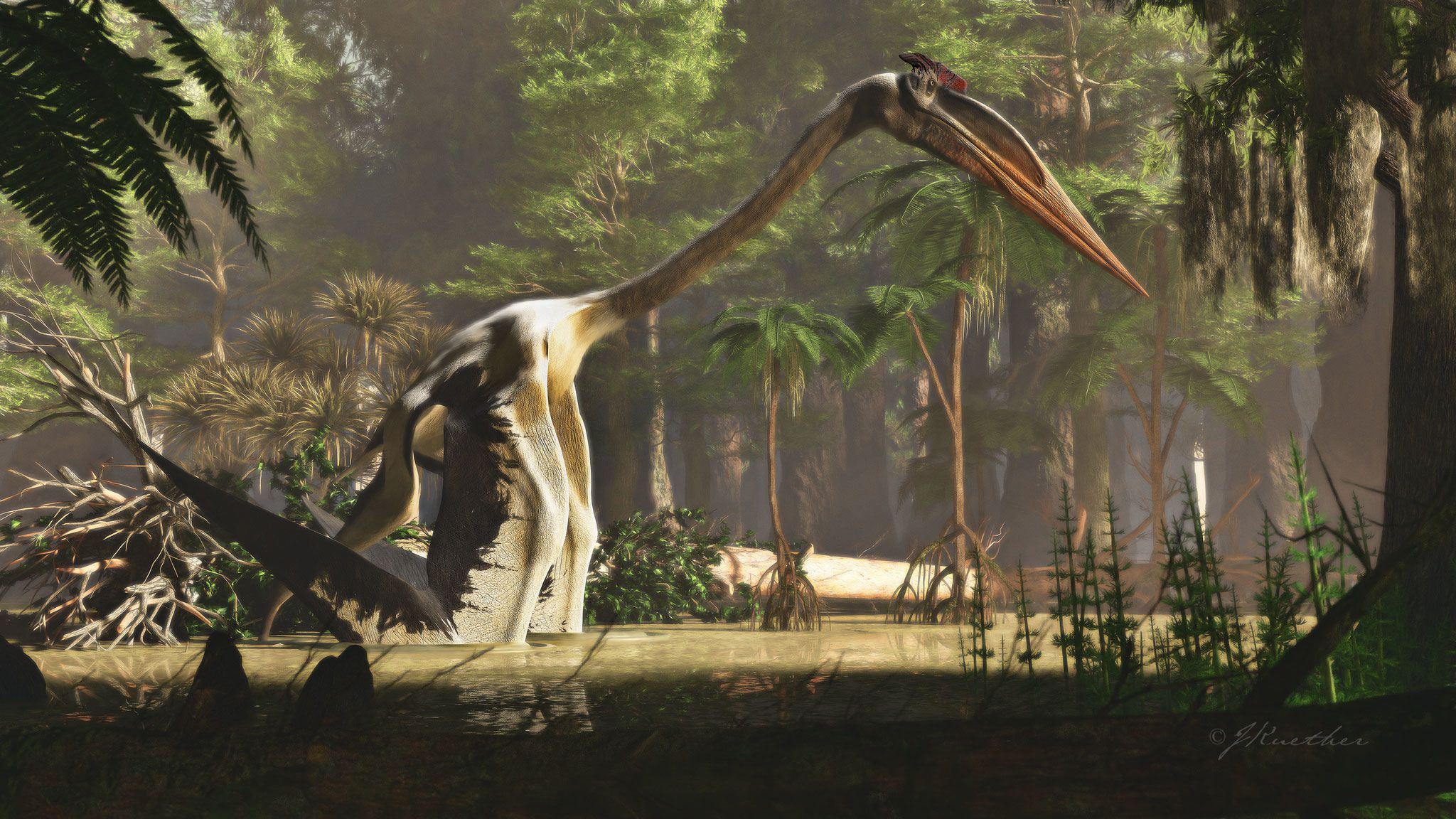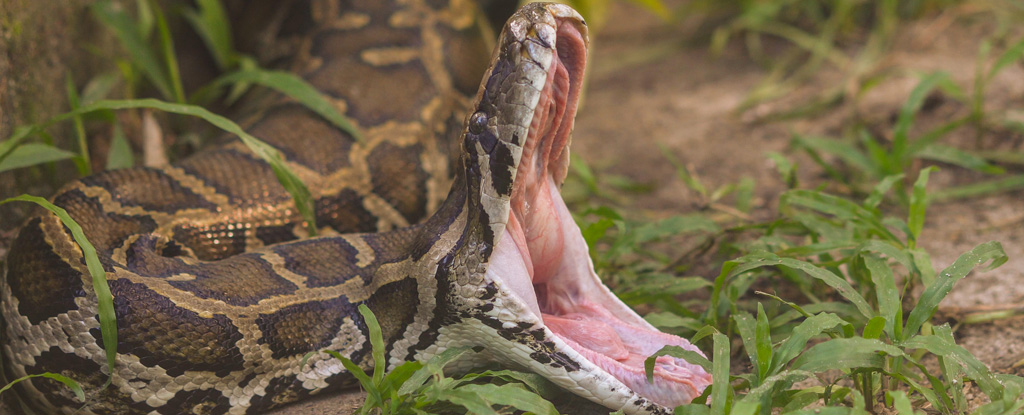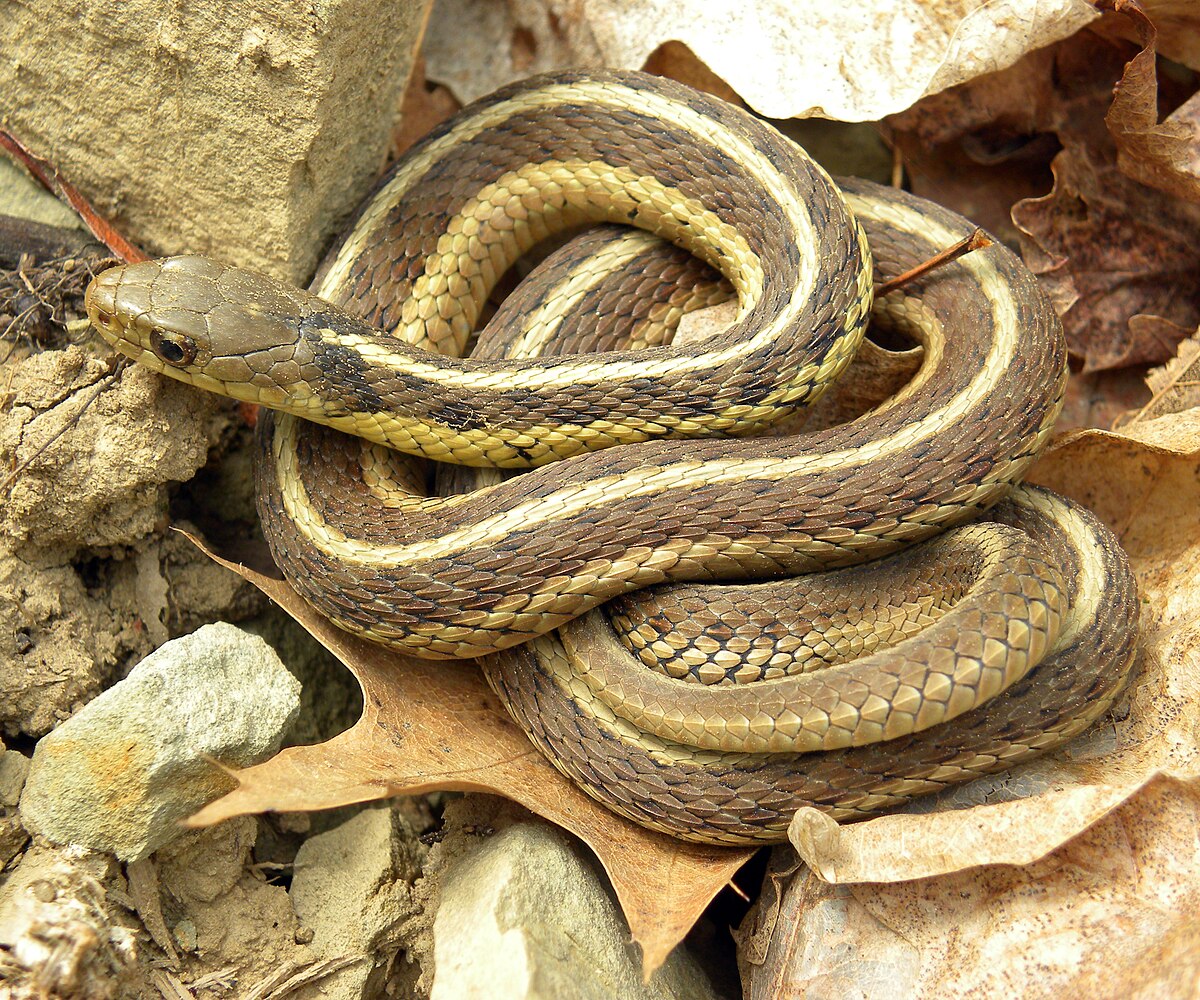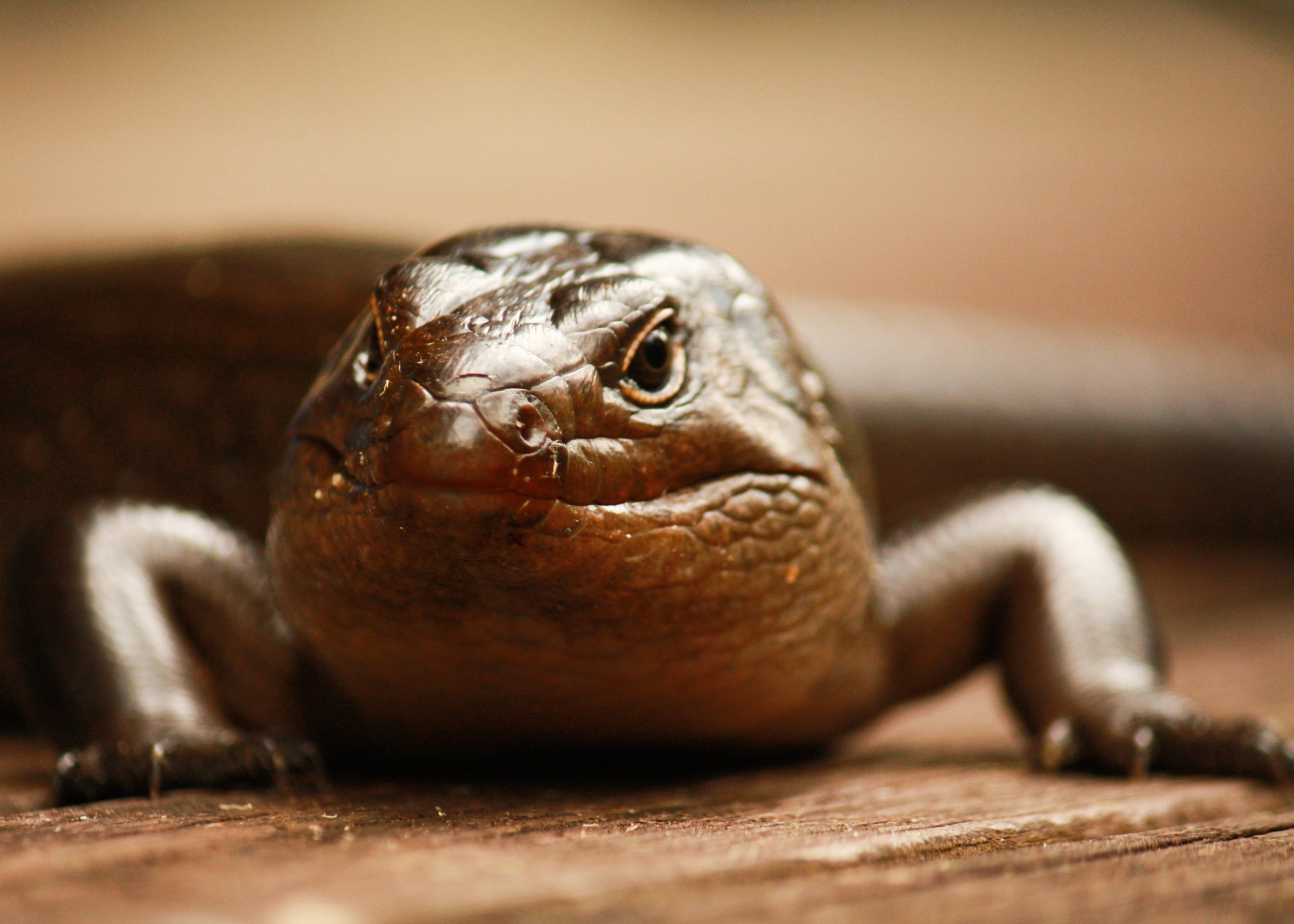Apr 6, 2023 #AncientTechnology #PraveenMohan #hinduism-13 min
Did #ancient #people #worship #lizards? Are #reptiles #Gods? Why did ancient builders carve and pray to lizards?-
Source: https://youtube.com/watch?v=7vSYUGd43Y8
---0:00 - Shape Shifting Lizards
1:23 - The Visible Third Eye
2:59 - A Divine Creature
4:36 - Jesus Christ Lizard
5:17 - A Giant Lizard in Tanjavur
5:48 - Fire Resistant Lizards
7:35 - The Golden Lizard
8:11 - Secret Worships in America
9:26 - Connection between Lizards & Humans
11:13 - Reptile Worships
11:59 - The First GOD?
12:55 - Conclusion
In Ancient Times, people around the world, worshipped Lizards as Gods. This is largely forbidden and forgotten today, but in India, there is a 1800 year old temple, and you can see devotees lining up to touch and worship a carving of a Lizard. Actually, there are 2 lizards here, one is a giant Golden lizard, and the other one is a smaller, silver lizard. Today, they have put metal engravings, covering the ancient stone carvings behind them. And worshipping lizards is not a recent practice, the name of this temple is Varadaraja Perumal Temple and it was built in the 3rd Century A.D, so this worship started at least 1800 years ago. Ancient Indians believed that Lizards and other reptile like beings came from the sky, and had magical powers like Shape Shifting. Even today, you can see that Hindus believe that these Lizards can help them heal from their diseases and bring them good fortune.
But this is not the only Indian temple where Lizards are worshipped as Gods. There is another temple called Balligiri, where there is another Lizard engraving on a piece of metal. In this temple too, it is worshipped as a God of Good fortune.
But this is strange, right? Even if you are a Hindu, you are probably be surprised that Lizards are still worshipped as Gods, because I am showing you a rare phenomenon. But why are they worshipped as Gods? Because Lizards have a third eye, yes they physically have a third eye, called the parietal eye, and many times it is located, exactly where you want it to be located. Yes, on the forehead, between the 2 eyes, very similar to the third eye depiction in Hinduism. And, not only does it look like an eye, in some lizards like the Tuatara, it also has a lens, cornea and a retina like an actual eye. Scientists now confirm that this third eye can not only sense light, it can also be used as a GPS navigation system. And guess what, it is part of the Pineal complex, meaning it functions with the pineal gland.
Some claim that in Ancient India, a type of Lizard people or Lizard Gods existed, and they co-existed with humans. These reptiles were quite sophisticated and they even assisted some kings in war. In this ancient temple, you can see a battle scene. Here is a soldier on a horse, wielding his sword. At the bottom, there is another man with a sword in one hand and a shield in the other hand. But what is that scaly thing next to him? Look at its skin, you are immediately reminded of a crocodile, but it is standing on two legs, and see what it is about to do. It is about to bite a man’s head off, alive. Look at the size of the Lizard and the size of the Human, the Lizard being is quite large, it is taking out one man with a single bite, and is handling another man with its claws. There are no such giant Lizards today, and what I find interesting is that its third eye is covered with a religious symbol called Urdhva Pundra, this symbol is also worn by Lord Vishnu and his followers, clearly indicating that this Lizard is not just some random animal, but rather a divine, Lizard person.
Indian texts talk about a Lizard called Nriga, who could shapeshift into a human whenever he wanted. They also mention that he could change his skin color like a Chameleon and blend with the surroundings. According to some, he was also capable of walking on water. This is really interesting, because some Lizards can walk on water. In the Americas, the Basilisk is more commonly known as the Jesus Christ Lizard, because it can walk on water.
